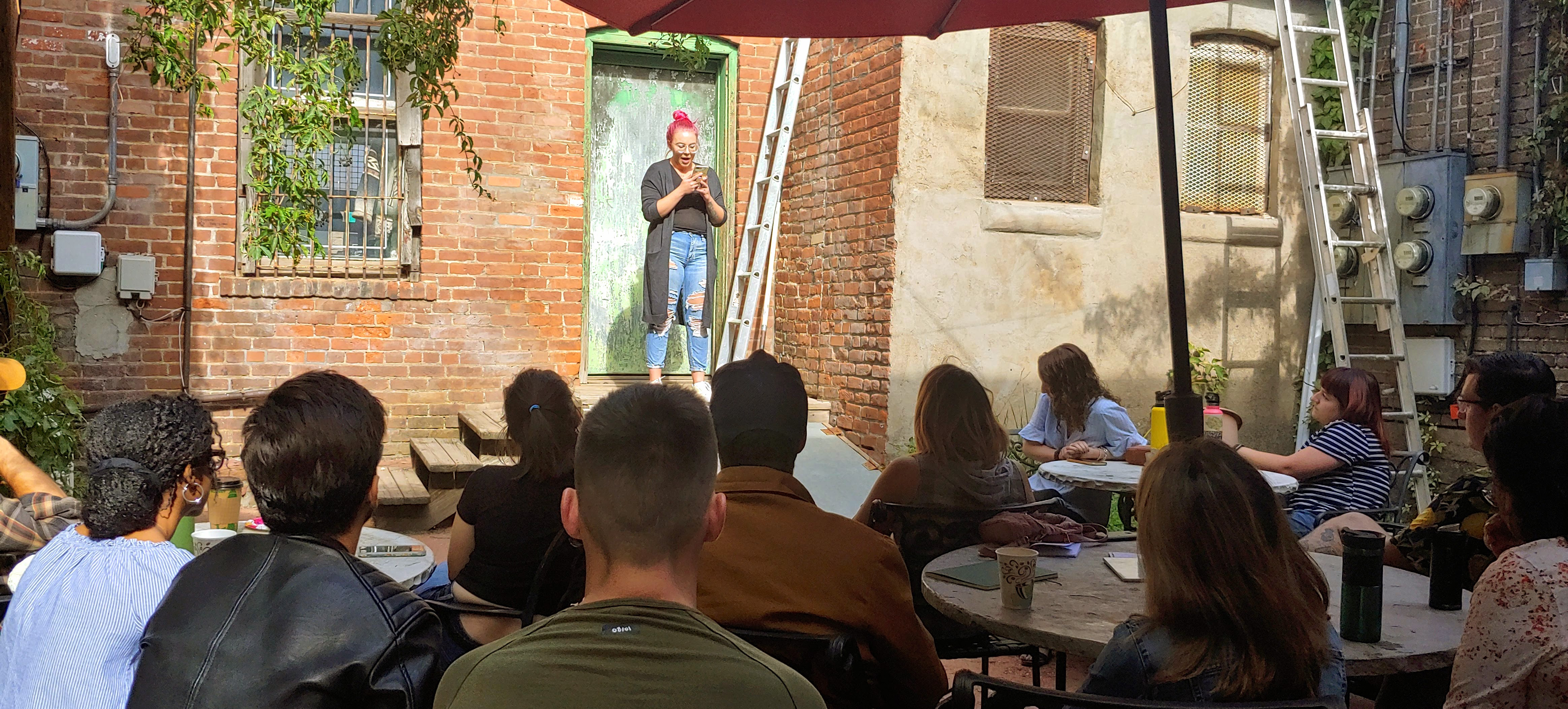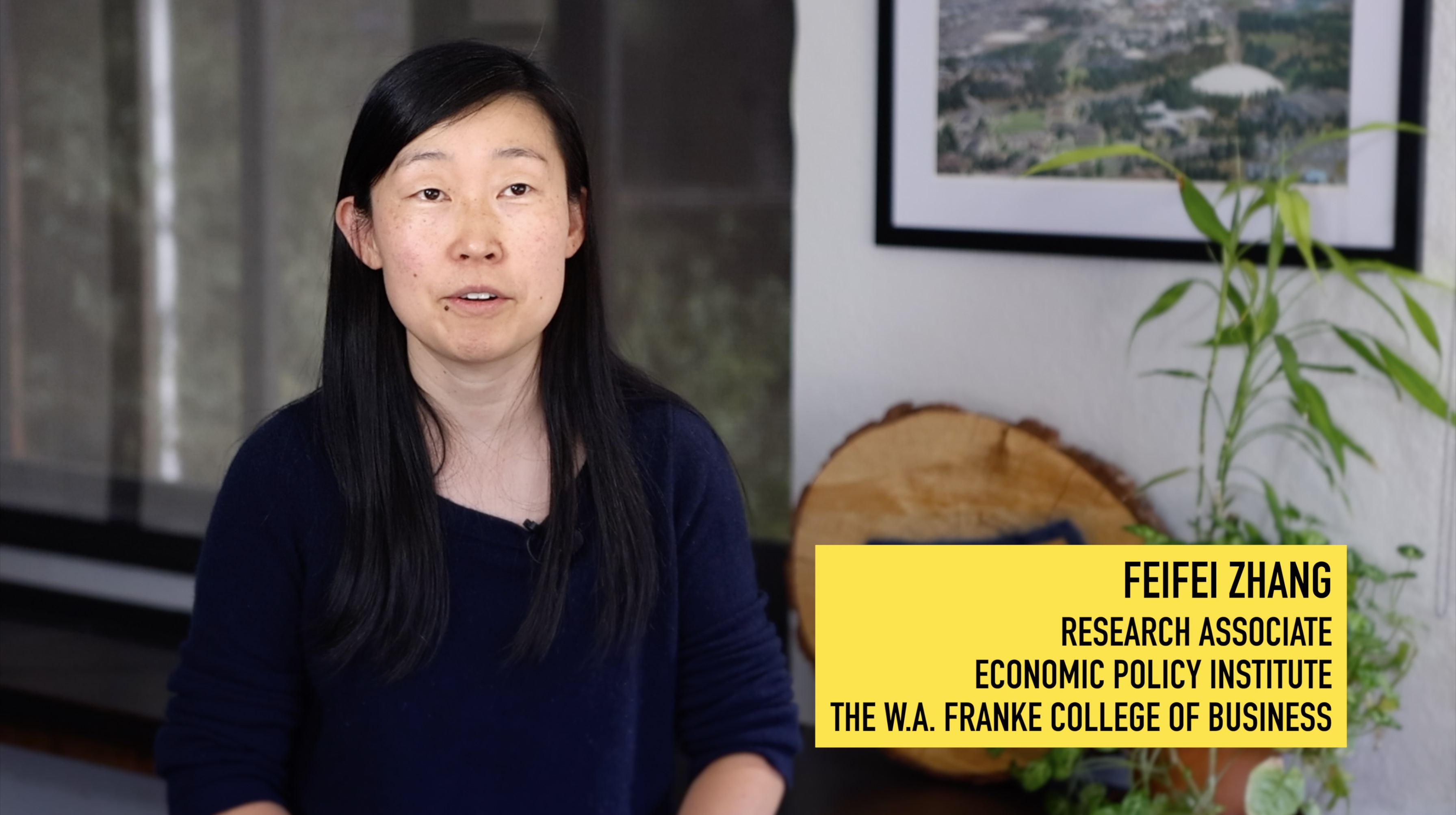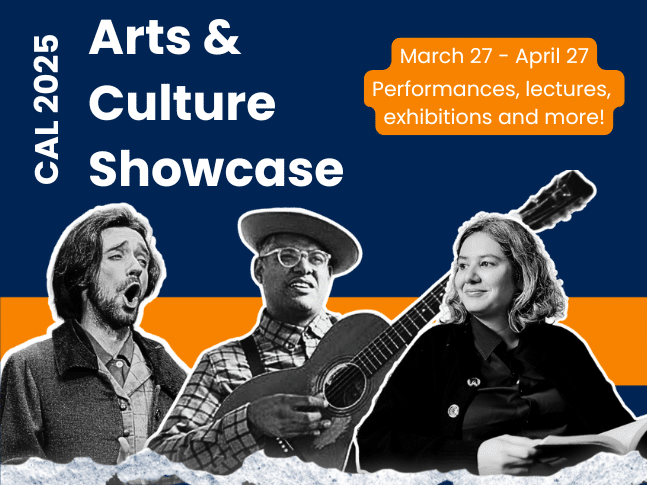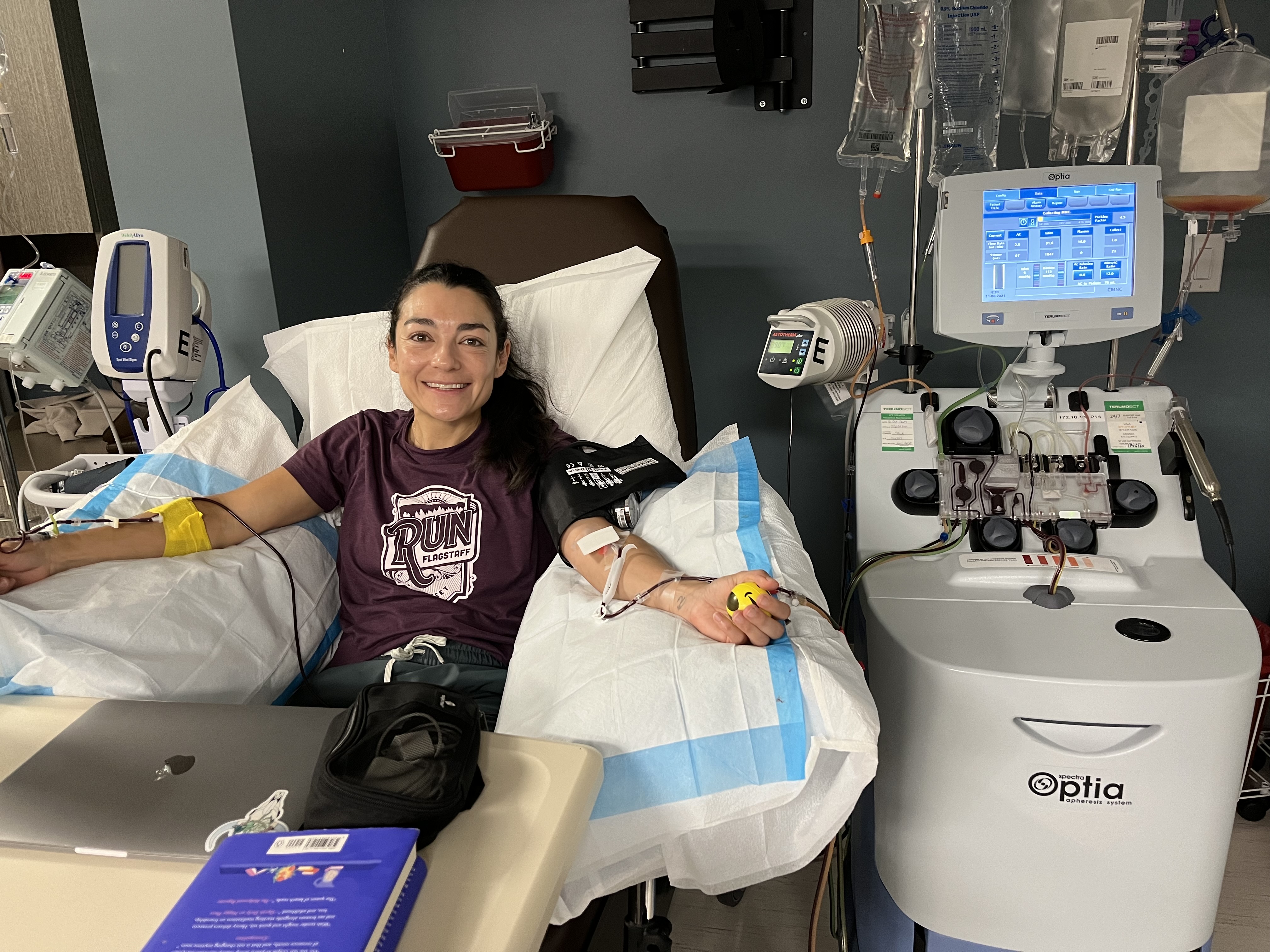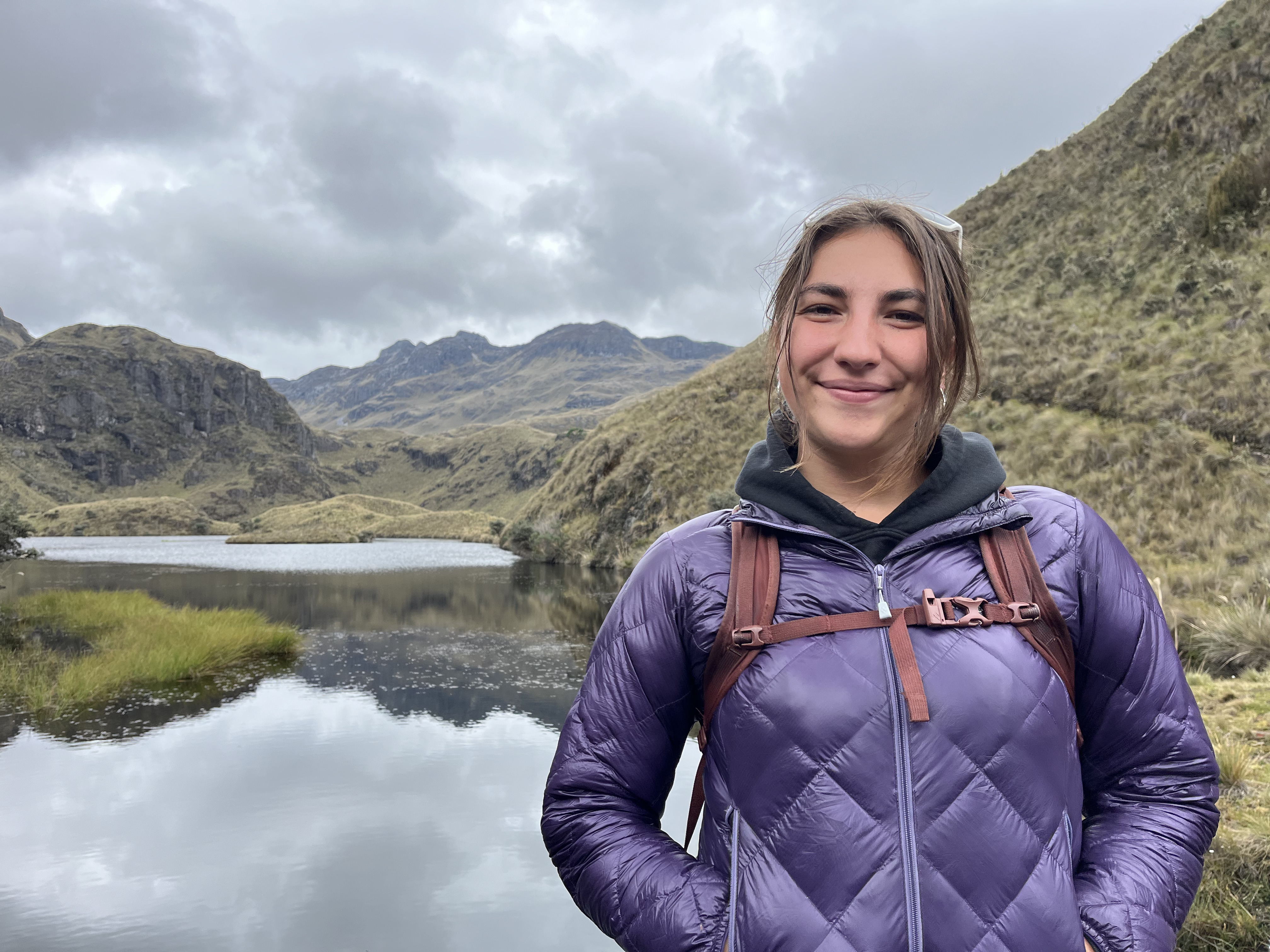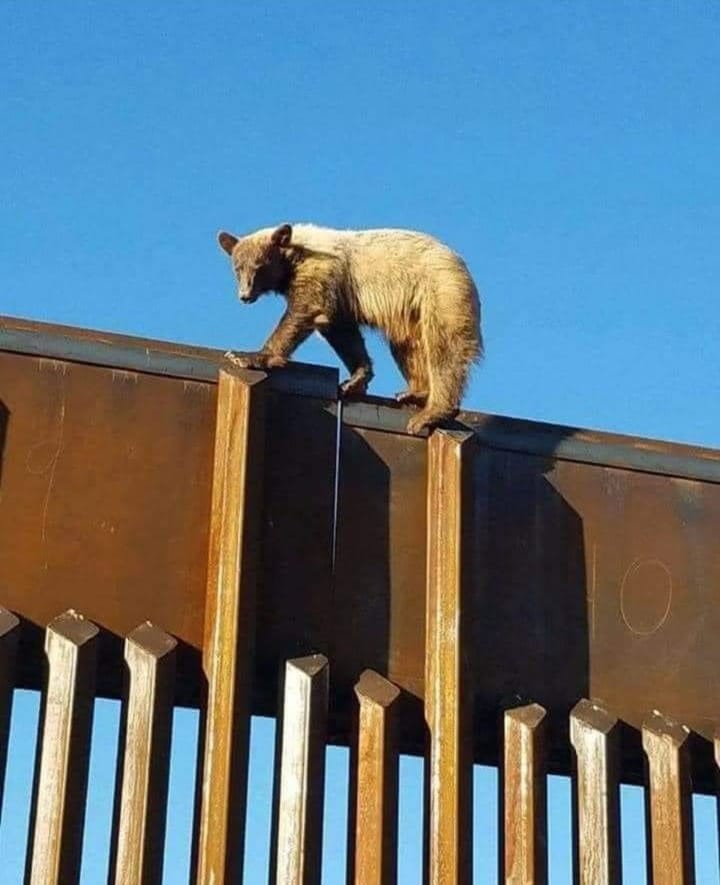
Research & Academics
Here’s why border fences are bad for wildlife
A literature review led by NAU scientists found that physical international borders are harming animals all over the world by cutting them off from vital hunting and foraging, preventing them from commingling and leaving them vulnerable to lax hunting laws. Why are borders causing those problems, and how can we fix them? 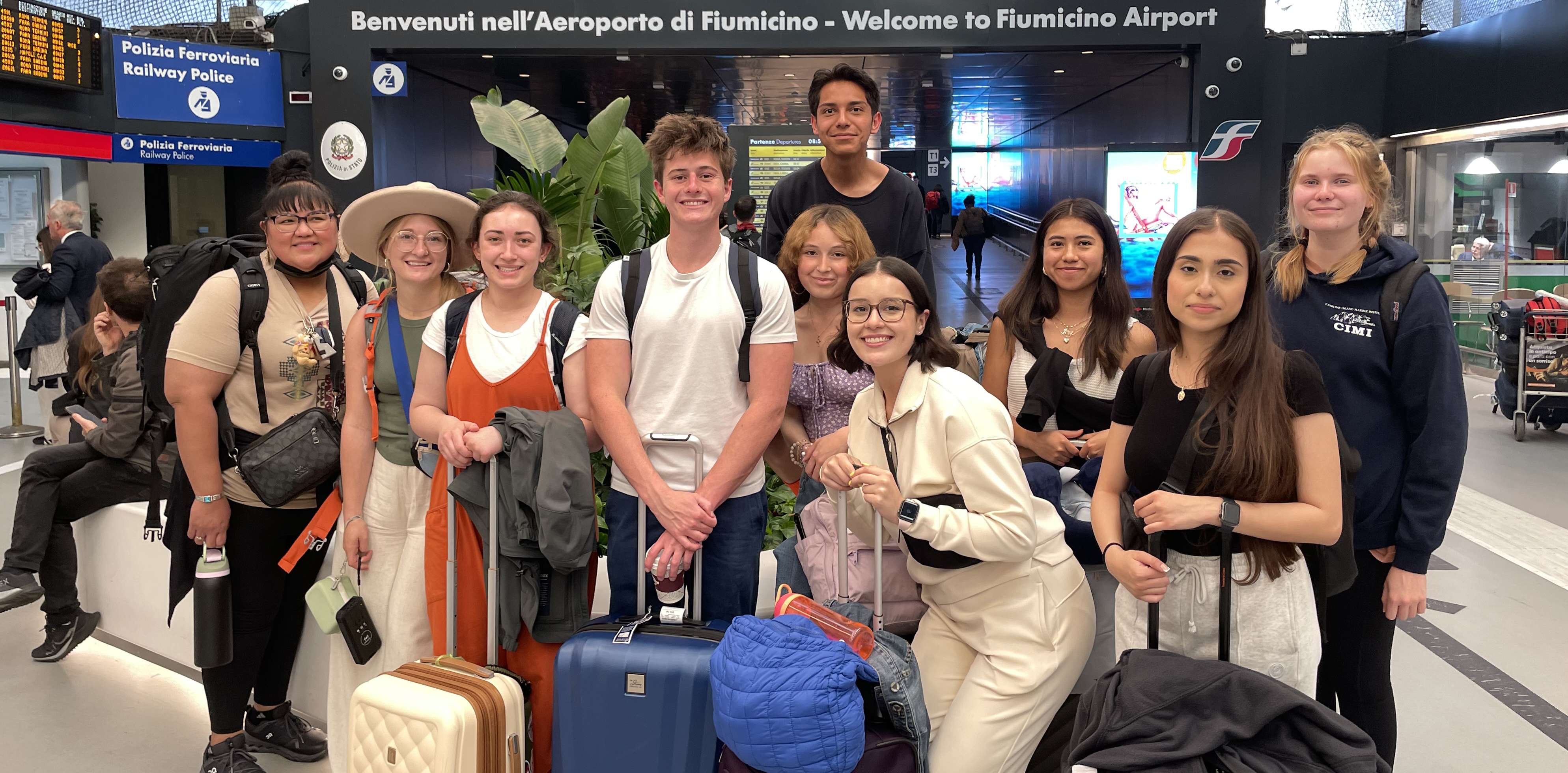
Faculty & Staff
Lumberjacks Abroad
Making the dream of studying abroad a reality
If you dream about an experience abroad but think you can’t afford it, think again! The Global Citizens Project Scholars might be your ticket to experiencing a new culture, learning new skills, helping a community and making lifelong friends. Get ready to pack your bags, because this NAU Education Abroad program can take you to Vietnam, Italy or Ecuador for less than you think! 
Lumberjack Lifestyles
Best burritos in Flagstaff (according to us)
Someone once said, “A burrito is happiness wrapped in a tortilla,” and the NAU Communications team couldn’t agree more. For National Burrito Day on April 3, the team put together a list of their favorite burritos in Flagstaff. Campus & Community

Northern Arizona Book Festival offers culture and fun for all
If you want to meet renowned authors, participate in book discussions, engage in writing workshops, generate zines or just read a book and listen to some music, look no further than the Northern Arizona Book Festival! From April 10-13 there are events scheduled all over Flagstaff that promise a whole lot of fun and culture for everyone. 
College of Arts and Letters hosts first ever culture showcase
Performances, exhibitions, lectures and more: the CAL Art and Culture Showcase is here to take you on an artistic and cultural journey. Discover your inner artist, listen to renowned authors and enjoy a concert from Grammy winner Dom Flemons, all right here at NAU! 
Marrow matters
A cheek swab could save a life. On March 25, you can sign up for the National Marrow Donation Program registry at two locations on campus. Bone marrow and stem cell donations are one of the best treatment methods for a number of blood cancers and other conditions, but finding a good match is shockingly hard—you could be the only one out of 39 million people who can help your tissue twin. Find out how you can take this life-saving step. Lumberjack Features

Best burritos in Flagstaff (according to us)
Someone once said, “A burrito is happiness wrapped in a tortilla,” and the NAU Communications team couldn’t agree more. For National Burrito Day on April 3, the team put together a list of their favorite burritos in Flagstaff. 
Making the dream of studying abroad a reality
If you dream about an experience abroad but think you can’t afford it, think again! The Global Citizens Project Scholars might be your ticket to experiencing a new culture, learning new skills, helping a community and making lifelong friends. Get ready to pack your bags, because this NAU Education Abroad program can take you to Vietnam, Italy or Ecuador for less than you think! 
Lumberjacks Abroad: Ecuador and Guatemala Edition!
During her year abroad exploring Latin America, senior Corinna Haines gathered priceless experience in both of her fields of study: marketing and Spanish. Immersing herself in Latin American media, hiking picture-perfect landscapes and organizing advertising campaigns for local nonprofits, Haines' travels to Ecuador and Guatemala gave her a newfound appreciation for beauty, adventure and connection. 